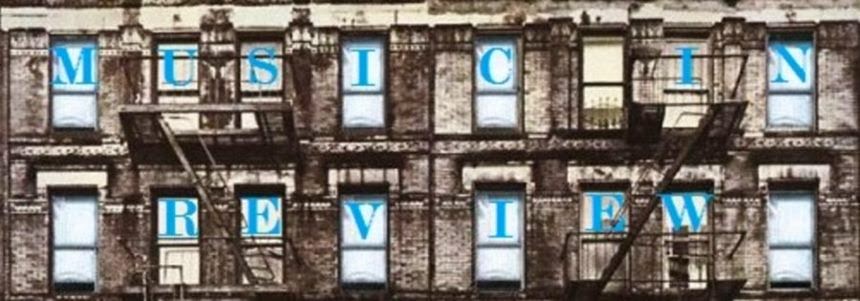 |
| Edu Falaschi |
The rest of the album “Fragile Equality” is quite good, I enjoyed it, but to me there was a clear distinction in quality between “Meaningless World” and the other nine tracks. Sometimes that is all it takes, I ordered “Fragile Equality” online more or less just for the one song. The album is a good listen, as I said the entire album is solid, but it ends perfectly, and I always say you should save the best for last, and whilst listening to “Fragile Equality” I wait with eager anticipation for the final track to arrive and rock my world.... my meaningless world.... that was bad.... I am sorry.
“Meaningless World” comes off very much like a power metal song. There is a slew of fantastic reference and images throughout. I cannot help but suspect a line like;
“Cross the fire, raise the still,
Where the freedom is dying again.”
May be about raising an army of the dead.
This “sacred land of meaningless world” may in fact be some sort of fantasy realm created by Edu, not unlike Freddy Mercury’s Rhye, or Freedom Call’s Cyrstal Empire, and Dio’s... well he probably had a like a hundred fantasy stories in his head. Despite this, I cannot shake the feeling that “Meaningless World” is a song about the end of the world. I love me some fantasy adventures, but a fantasy adventure about the literal end of the entire world is super exciting. I keep thinking the world is meaningless because the end is nigh, and it does not help that this song, strangely, strongly, reminds me of Prism’s “Armageddon.”
But you ask, “Colin, I’ve never heard Prism’s ‘Armageddon,’” to which I reply, “are we even friends?”
Music In Review – Prism – Armegeddon: http://colinkellymusicinreview.blogspot.ca/2012/11/prism-armageddon.html
Now that we’ve cleared that up, I admit that it may seem strange to compare a quasi goofy Canadian classic rock song to a modern day Brazilian metal song, but bear with me, this is going somewhere good. Both songs open and end with highly synthesized keyboard made to sound like violins, and for both songs this is easily the best and most epic part of the song. Both songs depict highly tragic scenarios in a highly upbeat way; Edu is practically celebrating the fact the world being meaningless while Prism is literally, happily, ushering in the end of the world. Those two things, I feel, are more than enough to draw a connection. I am not saying Edu Falaschi was inspired by Prism or “Armageddon” I am just saying there is a really, really, fun parallel we can draw here, and I think we should, and now I have.
The moral of the story, because music review should have morals, is that I need to learn more about Brazilian metal, “Meaningless World” is a fantastic song, and we should all listen to it and maybe compare it to Prism “Armageddon.”
Enough talk, I’m going to Japan.
Until next month keep on rocking in the free world.
- King of Braves
P.S.
There is a demo version:











